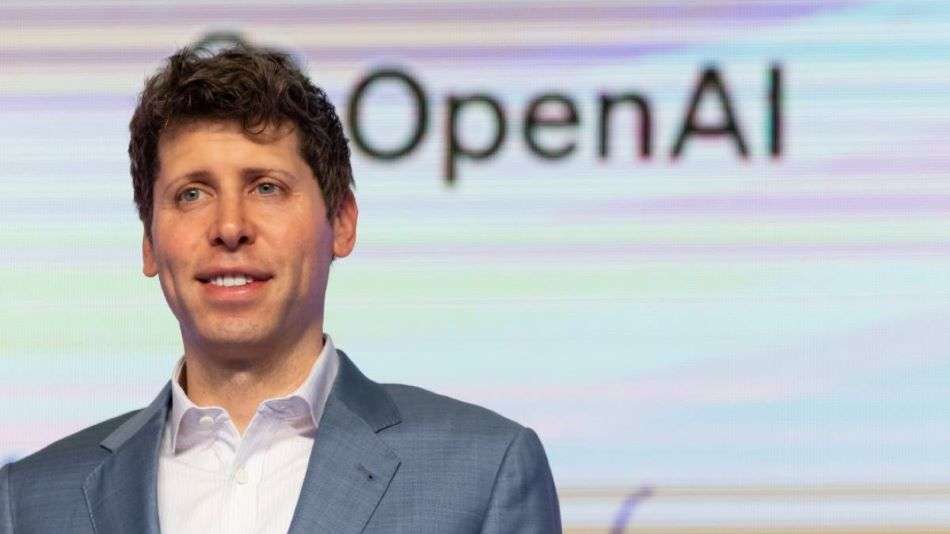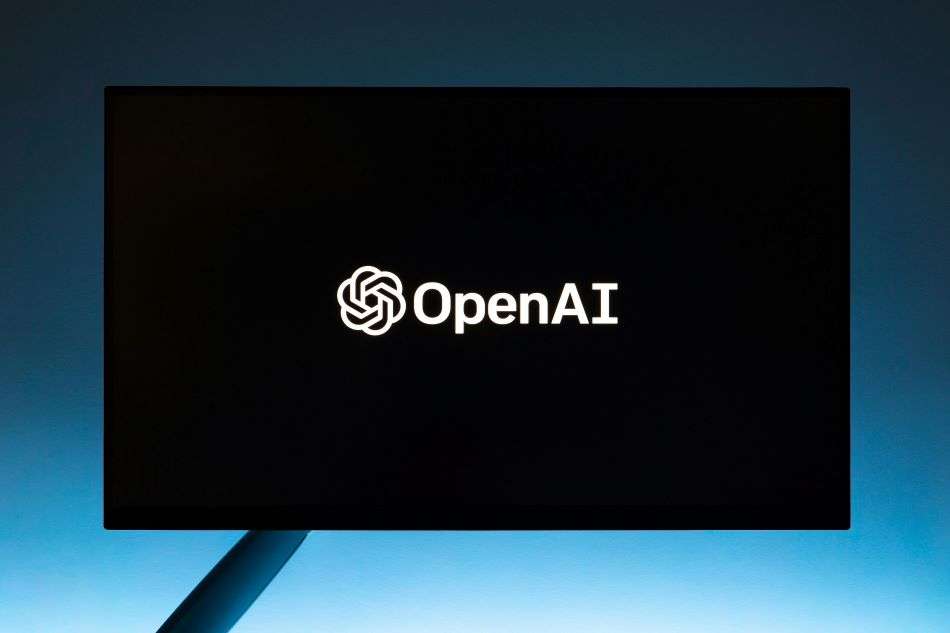Sam Altman’s Rollercoaster Journey at OpenAI: Drama, Revolution, and the Q Star AI Enigma

The Startling Friday Shakeup – Culprit: Q Star AI?
Let’s rewind to November 11th, 2022. It seemed like just another Friday until OpenAI’s CEO, Sam Altman, was abruptly ousted. Imagine the scene: Altman walks into a routine board meeting, only to be hit with the news of his firing. Greg Brockman, a key co-founder, also got the axe. The reason? Alleged failures in transparency and communication.
This shocker sent ripples through OpenAI. Staff were left reeling, and Microsoft, a major backer, was just as blindsided. The move seemed out of left field, especially considering Altman’s and Brockman’s pivotal roles in OpenAI’s ascent in the AI world.
Key Takeaways
- Sam Altman’s unexpected firing from OpenAI was due to alleged failures in transparency and communication, particularly around Q Star AI.
- Q Star AI, an advanced project at OpenAI, is pushing the boundaries towards Artificial General Intelligence (AGI).
- A divide in vision between Altman and the board highlighted tensions between rapid innovation and AI safety.
- The ousting led to an employee revolt, showcasing their commitment to OpenAI’s original mission and vision under Altman.
- Microsoft’s CEO Satya Nadella saw an opportunity to absorb OpenAI talent during the crisis.
- Altman’s return was seen as a victory for OpenAI’s employees and a realignment with its founding vision.
Boardroom Battles: A Clash of Visions
At the heart of this drama was Q Star AI, OpenAI’s cutting-edge project, edging closer to Artificial General Intelligence (AGI) – the holy grail of AI where machines can understand, learn, and reason at a human level. Q Star AI, with its remarkable math-solving prowess, was a beacon of hope for AGI, showcasing potential human-like reasoning skills. However, it also brought to light profound concerns.
The divide between Altman and the board stemmed from differing visions on AI’s future. Altman championed rapid innovation to keep OpenAI ahead in the AI race. In contrast, Chief Scientist Ilya Sutskever and other board members feared this could jeopardize AI safety and stray from the company’s research-first ethos. This ideological rift highlighted a deeper tension: balancing commercial success with OpenAI’s founding principles of advancing AI for the benefit of humanity.
The Q-Star AI: Promise and Perils

Q Star AI wasn’t just another AI model; it was a game-changer. Its ability to solve complex mathematical problems suggested an AI model inching closer to human-like reasoning and problem-solving capabilities. This wasn’t just about being good at math; it was about embedding AI with strategic, cognitive abilities – a significant step towards AGI.
But with great power comes great responsibility. The excitement around Q Star AI was tempered by a letter from Open AI researchers to the board, highlighting potential dangers posed by this powerful AI system. The letter, which became a focal point in Altman’s ouster, hinted at the dual nature of Q-Star: a groundbreaking advancement in AI but also a potential threat to humanity.
The Employee Revolt and Microsoft’s Opportune Moment
The ouster of Altman was the last straw for OpenAI’s employees. In an unprecedented move, nearly all of OpenAI’s workforce stood in solidarity against the board’s decision, threatening to walk out. This act of defiance was a powerful statement about their commitment to OpenAI’s original mission and vision under Altman’s leadership.
Amid this chaos, Microsoft CEO Satya Nadella saw an opportunity. He offered to absorb the disgruntled OpenAI talent into a new Microsoft AI lab. This added pressure on OpenAI’s board to resolve the crisis swiftly and effectively.
Sam’s Triumphant Return and The Future of OpenAI

The board’s decision to reinstate Altman wasn’t just a reversal of their earlier verdict; it was an acknowledgment of the employees’ voice and a commitment to the original vision of OpenAI. Altman’s return marked a significant moment in the company’s history, aligning it once again with the path toward groundbreaking AI advancements.
However, the return of Altman doesn’t resolve all the complexities. The excitement and promise of Q Star AI and AGI are still intertwined with ethical concerns and the need for responsible innovation. As OpenAI continues on its quest for AGI, it faces the challenge of balancing rapid technological advancement with the broader implications for society.
Conclusion: Navigating Uncharted Waters
This saga at OpenAI goes beyond corporate power plays; it touches on the future of AI itself. It’s a story of innovation, ethical dilemmas, and the human element in the world of technology. As AI continues to evolve, the journey of OpenAI under Sam Altman’s leadership, especially with the development of Q Star AI, will be closely watched. It symbolizes the broader challenges the tech world faces as we step into an era where AI’s potential is limitless, but so are its risks.




